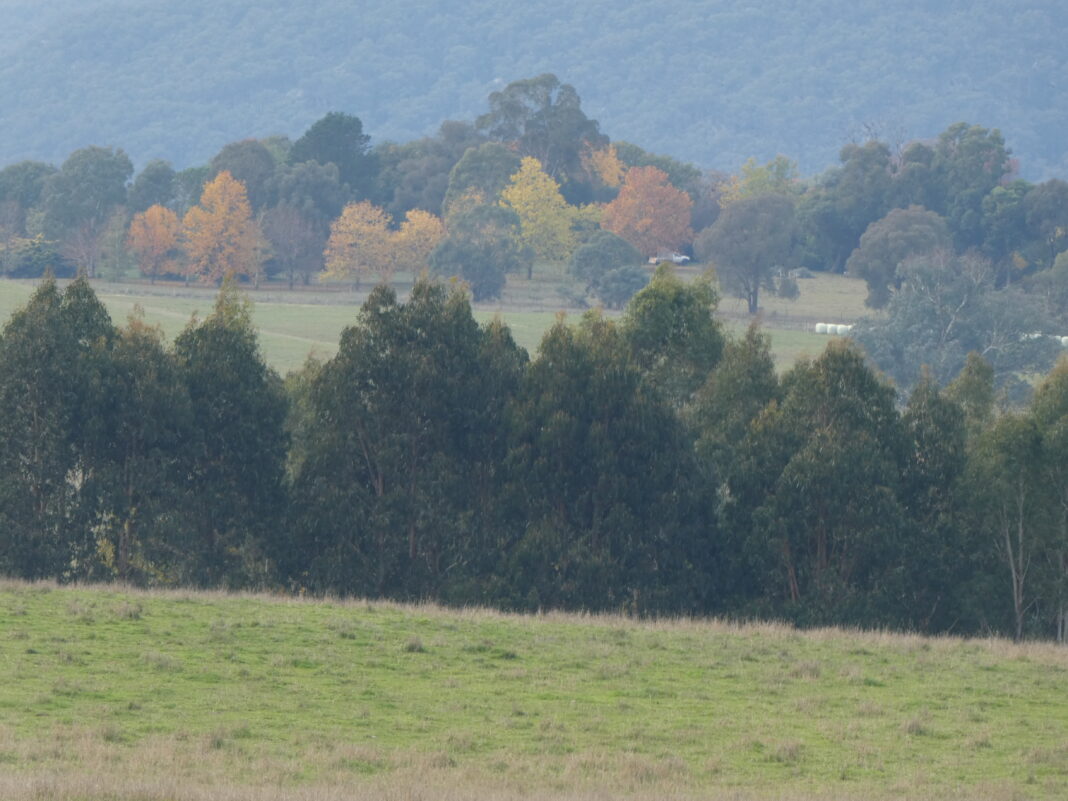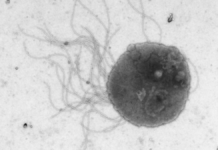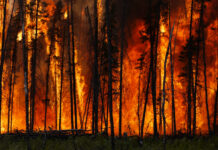Researchers found that current models relying on trees to decarbonize the atmosphere overestimate the potential of trees’ CO2 sequestration. These findings claimed that using natural ecosystems to combat climate change could not be a reliable solution. The scientific team analyzed global photosynthesis estimation and tree rings to measure their growth and understand the limitation of carbon uptake in forests.
Early studies showed that rising concentrations of atmospheric CO2 due to anthropogenic emissions led to higher carbon uptake rates by plants. This is known as carbon fertilization.
Yet, another research also claimed that more atmospheric CO2 does not lead to a higher plant intake: trees need CO2 for photosynthesis, allowing subsequent growth. However, the growth process requires other factors such as available nutrients, water, and temperature.
The new approach recently published in Science carried out a cross-biome correlation analysis. The team led by Cabon analyzed the amount of carbon taken up by plants during photosynthesis – called gross primary production (GPP). Then, they compared it with tree ring data from the International Tree-Ring Data Bank. Julia K. Green and Trevor F. Keenan, authors of the scientific article, demonstrated that the link between vegetation photosynthesis and the radial growth of a tree trunk is not as straightforward as believed. Their calculations show large variation depending on vegetation type—i.e., whether they are flowering plants or not—ecosystem characteristics such as forest age and nutrient availability; and climate.
These results highlight that vegetation carbon sequestration and photosynthesis are not as close as some models have depicted. Moreover, while less carbon than predicted would be stored in biomass in the coming years, planting trees to combat climate change would be less effective.
“For example, a GPP increase in the springtime from plants producing their leaves earlier may not translate to an increased growth by the end of the year,” researchers pointed out.
The analysis based on tree ring data has limitations. According to the team, plants distribute carbon to the wood and their root systems, leaves, and nonstructural carbohydrates stored throughout the plant. Furthermore, they change their carbon allocation depending on environmental changes, forest age, and the time of year. Likewise, inferring the amount of carbon sequestered based only on tree ring measurements is not conclusive.
Cabon’s study suggested that the current modeling framework may be overestimating the forest carbon sequestration. Moreover, they advised a more in-depth assessment to understand better how trees take and distribute CO2.
References
Green, J. K., & Keenan, T. F. (2022). The limits of forest carbon sequestration. Science, 376 (6594), 692–693. https://doi.org/10.1126/science.abo6547
Schimel, D., Stephens, B. B., & Fisher, J. B. (2014). Effect of increasing CO2 on the terrestrial carbon cycle. Proceedings of the National Academy of Sciences, 112(2), 436–441. https://doi.org/10.1073/pnas.1407302112
Jiang, M., Medlyn, B.E., Drake, J.E. et al. (2020). The fate of carbon in a mature forest under carbon dioxide enrichment. Nature, 580 (7802), 227–231. https://doi.org/10.1038/s41586-020-2128-9



